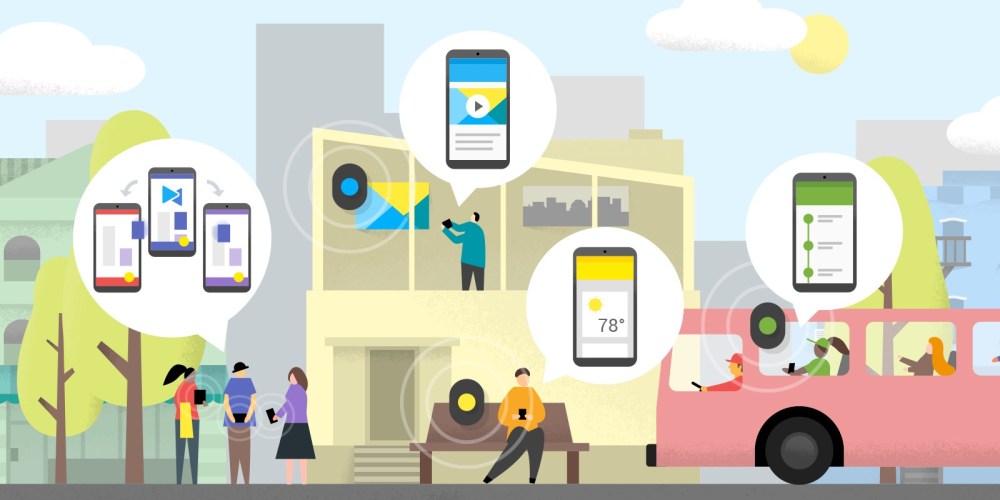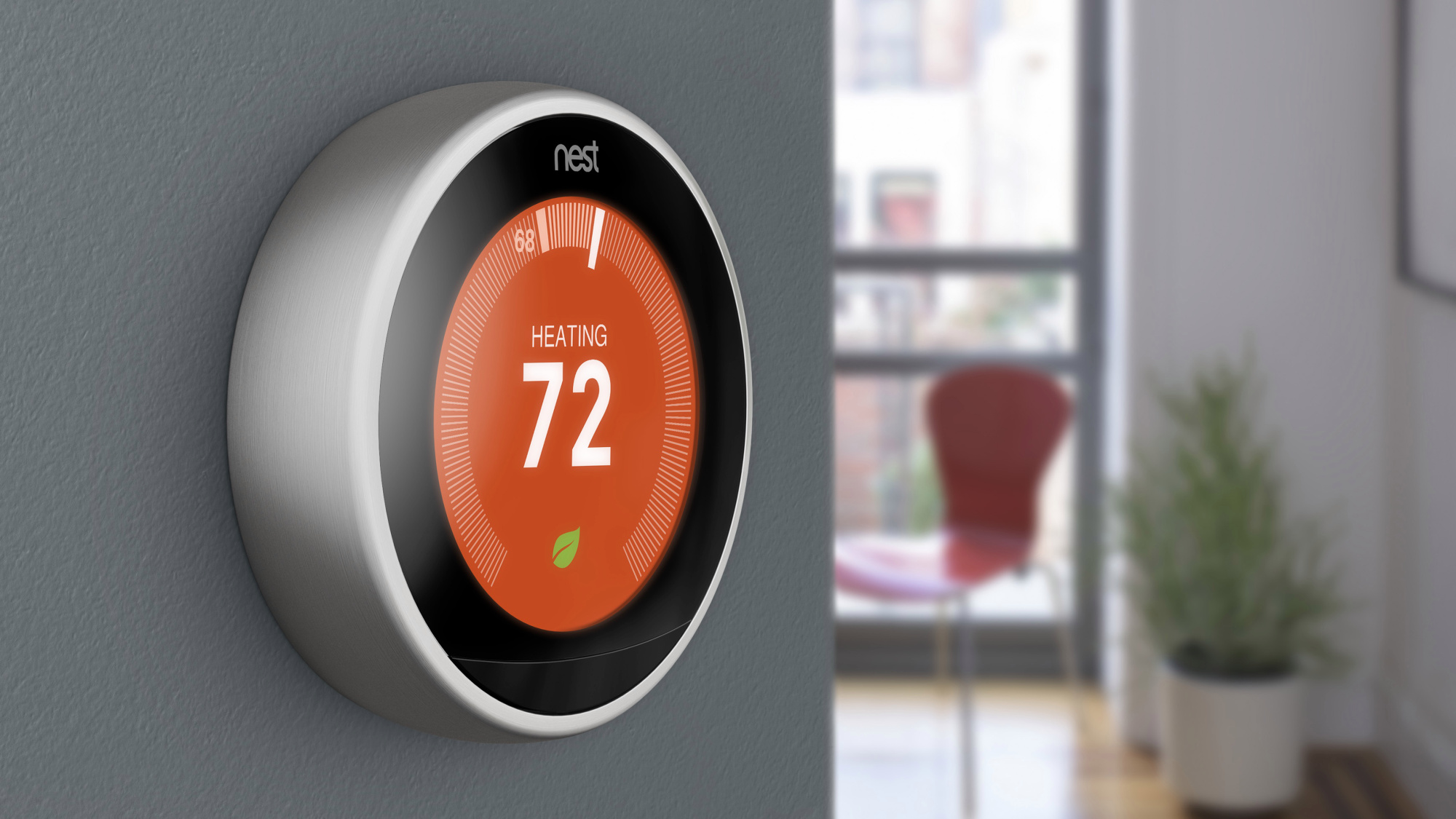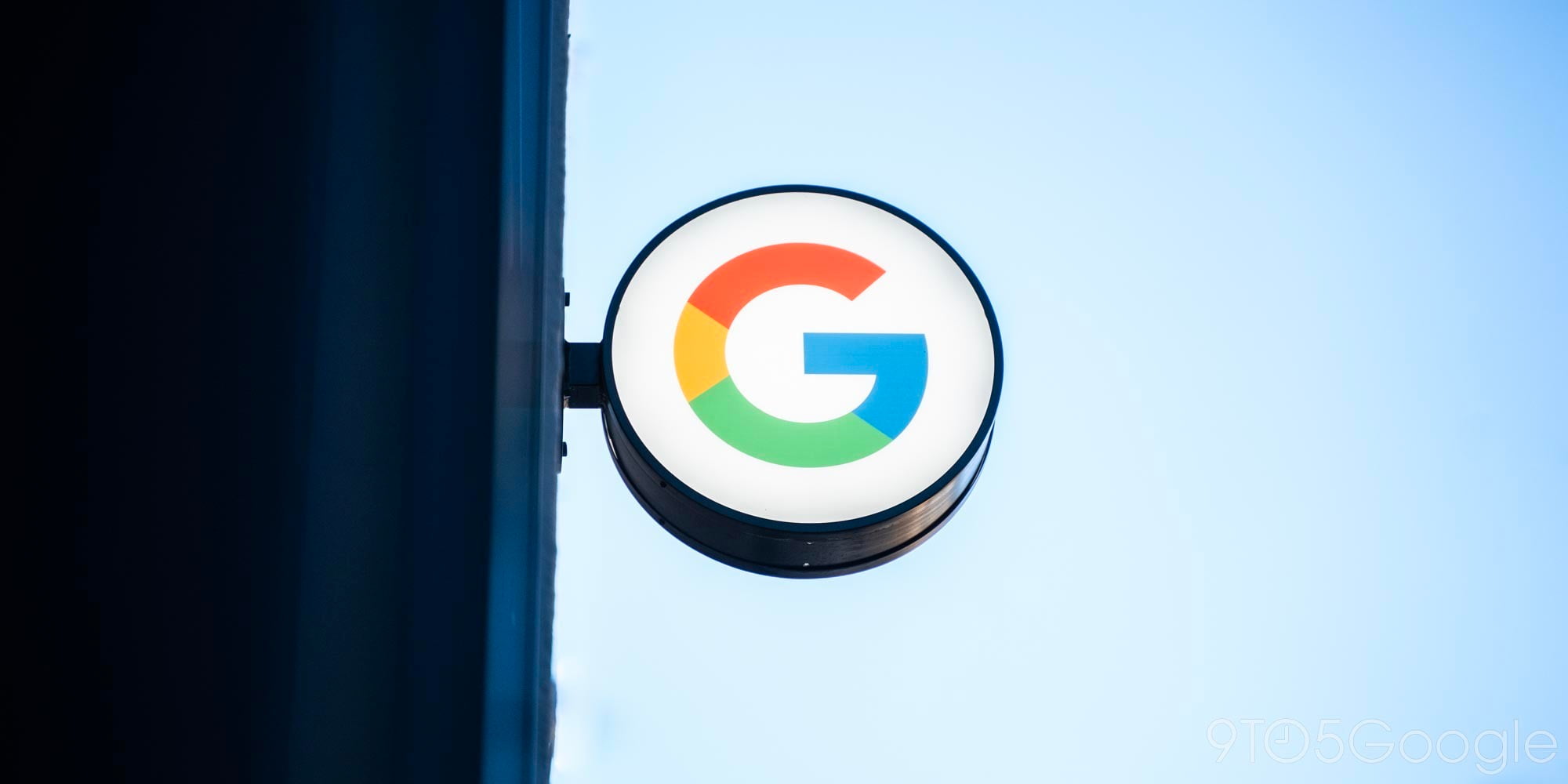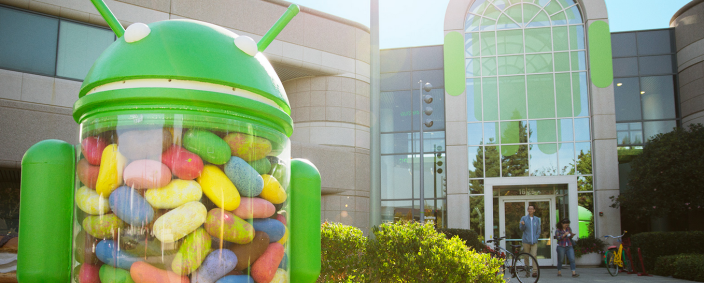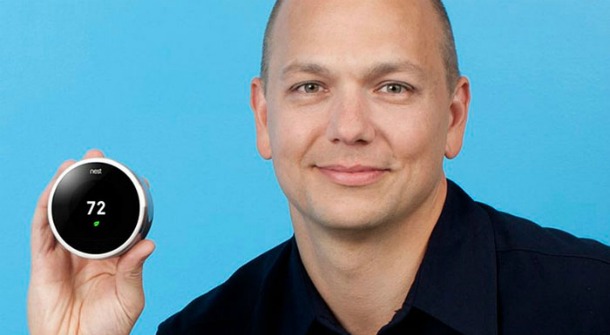
Samsung’s answer to Apple’s HomeKit, SmartThings got some valuable stage time at IFA in Berlin this morning, with the announcement of a brand new SmartThings Hub. The hardware has been revamped, and no longer needs a connection to the cloud in order to work. What’s more, it’s got a built in backup battery capable of giving you 10 hours use in the event that you have a power cut. The new Hub is available to order today and was launched alongside a handful of complimentary sensors for tracking water leaks and motion among other things.
Whether you have two smart devices or 200, all you need is one Hub to create a smart home. Like a live-in translator, the Hub communicates with all of your different connected products—regardless of their wireless protocol—so that you can easily monitor and control them from the SmartThings app.
Samsung’s new SmartThings hub has a more powerful processor enabling it to handle video streaming and sensor monitoring tasks without the cloud. With this feature in mind, Sammy also introduced its new Smart Home Monitor which lets users access a continuous vide live-stream and can trigger video recording when something unexpected happens. Only important video is saved for viewing, and early detection enables it to capture the footage before the event.
[vimeo 138101882 w=500 h=281]
As well as new hardware, Samsung has released a new app for Android from today. You can organize and control your connected devices by room, view live streaming from cameras and manage the routines right from the app.
SmartThings is compatible with nearly 200 products, including the Amazon Echo, and devices from manufacturers like Bose, D-Link and Honeywell. The SmartThings hub is available to buy from today for $99 from SmartThings.com or Amazon, with sensors priced between $30-$55.

